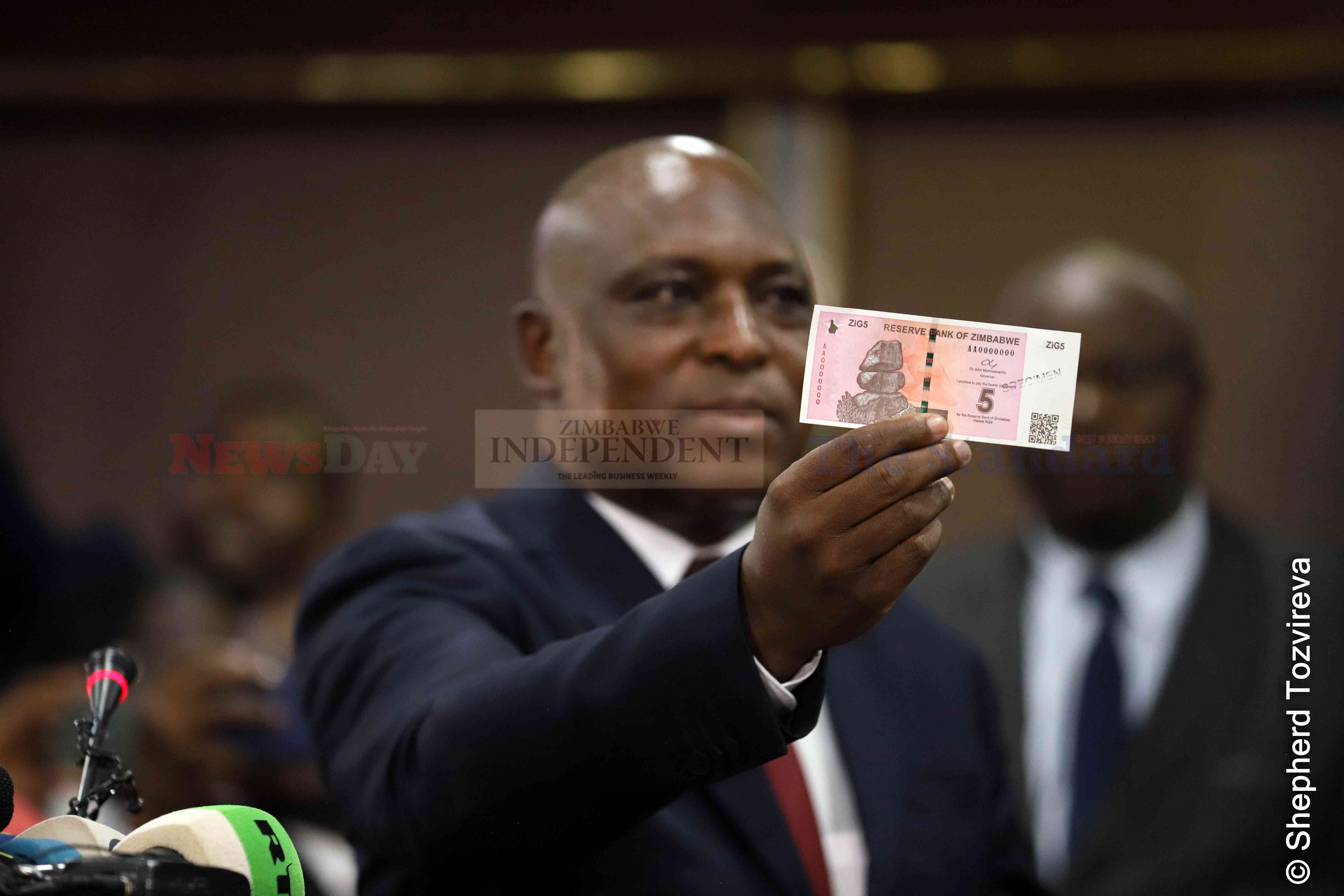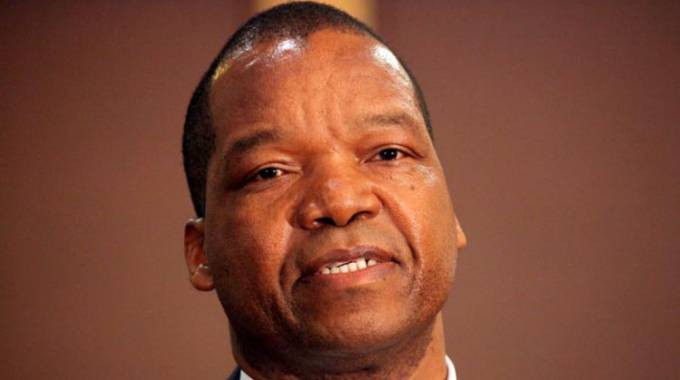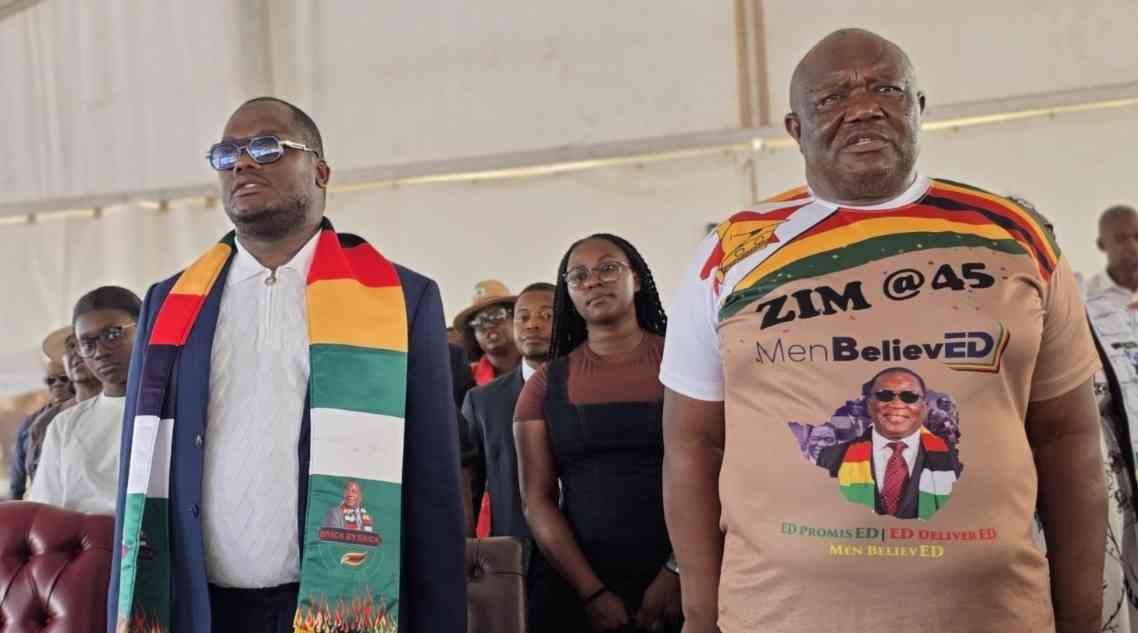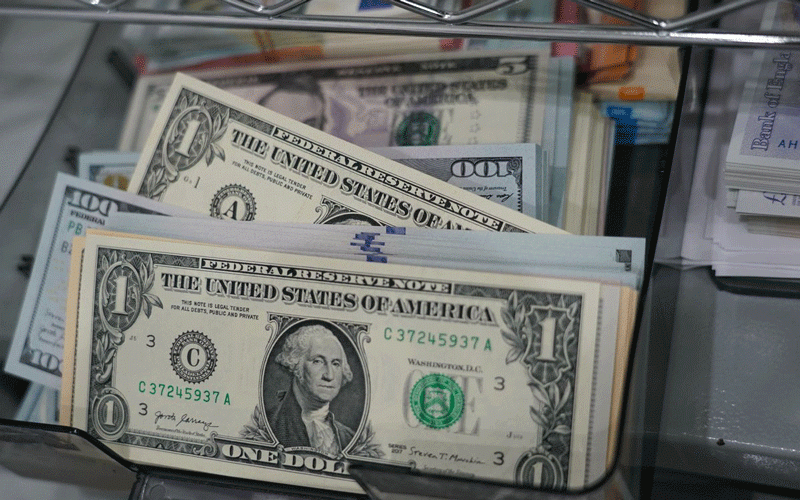
THE Reserve Bank of Zimbabwe (RBZ) said on Thursday that it had issued enough notes and coins of the new currency, Zimbabwe Gold (ZiG), to meet market demand.
In a statement, central bank governor John Mushayavanhu said RBZ had noted with concern an apparent breakdown in the cash transmission mechanism as evidenced by the low level of ZiG coins withdrawals from commercial banks.
“The Reserve Bank of Zimbabwe wishes to advise the transacting public that ZiG coins in denominations ZiG1, ZiG2 and ZiG5 were issued in quantities sufficient to meet demand for small denominations used to conduct low-value transactions as well as usage of small denominations for change,” he said.
“In addition, the bank has also issued ZiG10 and ZiG20 notes in adequate quantities consistent with the optimal currency issuance ratios.”
ZiG notes and coins debuted on April 30, about three weeks after Mushayavanhu introduced ZiG to replace the Zimbabwe dollar as part of measures to promote the use of local currency.
The currency is backed by gold and cash, which makes it stronger than its predecessors, according to monetary authorities.
Mushayavanhu’s statement comes amid a shortage of ZiG notes and coins, which has left the commuting public stranded. This has seen the commuting public being forced to pay US$1 when the fare is US$0,50 or getting a ticket, biscuits and crisps as change.
In the informal sector, one is forced to buy more than he or she wanted due to the absence of change.
- Awards target married couples
- Awards target married couples
- RBZ blocks Harare US dollar charges
- Industry cries foul over new export surrender requirements
Keep Reading
This problem has persisted since April 5 when Mushayavanhu introduced the new currency.
The absence of notes and coins works against government and the central bank’s efforts to drive the use of the local currency.
About eight out of 10 transactions are in the United States dollar, according to the government’s statistical agency ZimStat.
RBZ projects that the local currency will account for 30% of all transactions by year end, rising to 40% by end of 2025 as part of a dedollarisation thrust.
This will not be achievable as long as the local currency notes and coins are not in circulation.
We implore RBZ to examine why the ZiG notes and coins have not circulated after they were introduced into the market.
Was there a need for coins in the first place?
Why is the banking public and corporates shunning coins?
Mushayavanhu said RBZ has, over the years, maintained a constant ratio of currency in circulation in relation to other monetary aggregates such as narrow money and broad money.
He encouraged the usage of electronic means of payment, as digital financial services are a key enabler for financial inclusion in line with efforts to promote a cash-lite economy.
Work is cut out for RBZ to promote the use of electronic means. It must lobby for public transporters to accept mobile money if it wants to reduce the demand for cash.
It is still a long way to go though for electronic means of payment to be the go-to platform, especially in the informal economy.
It is evident that the system has broken somewhere if the “enough” notes and coins released are invisible in the market. This behoves RBZ to tell the market how much notes and coins it has issued. As things stand, claims that there are enough notes and coins in the market are not in tandem with what is on the ground.











